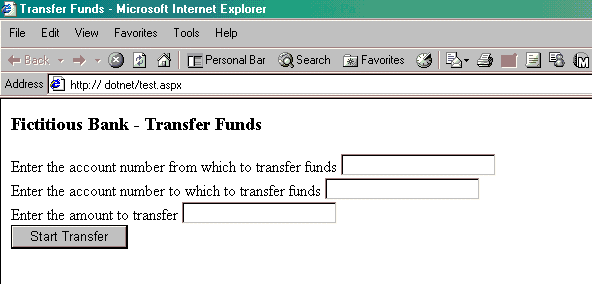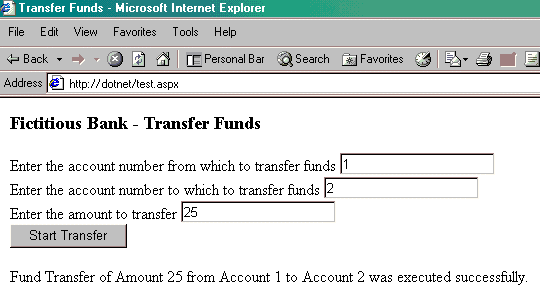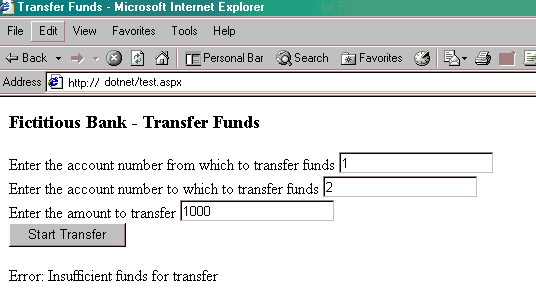What is the Microsoft .NET Framework 3.0?
The Microsoft .NET Framework 3.0 (formerly WinFX), is the new managed code programming model for Windows.
It combines the power of the .NET Framework 2.0 with four new technologies:
Windows Presentation Foundation (WPF),
Windows Communication Foundation (WCF),
Windows Workflow Foundation (WF), and
Windows CardSpace (WCS, formerly “InfoCard”).
Use the .NET Framework 3.0 today to build applications that have visually compelling user experiences, seamless communication across technology boundaries, the ability to support a wide range of business processes, and an easier way to manage your personal information online. This is the same great WinFX technology you know and love, now with a new name that identifies it for exactly what it is – the next version of Microsoft’s development framework.
What is Windows Communication Foundation ?
The Windows Communication Foundation (previously codenamed "Indigo") is Microsoft's unified framework for building
secure, reliable, transacted, and interoperable distributed applications.
What is Windows Presentation Foundation ?
Windows Presentation Foundation (WPF) is the next-generation presentation sub-system for Windows.
It provides developers and designers with a unified programming model for building rich Windows smart client user experiences that incorporate UI, media, and documents.
What is Windows Workflow Foundation?
Windows Workflow Foundation (WF) is the programming model, engine and tools for quickly building workflow enabled applications.
WF radically enhances a developer’s ability to model and support business processes.
Windows Workflow Foundation is a part of the .NET Framework 3.0 that enables developers to create workflow enabled applications. It consists of the following parts:
Activity Model:
Activities are the building blocks of workflow, think of them as a unit of work that needs to be executed.
Activities are easy to create, either from writing code or by composing them from other activities. Out of the box, there are a set of activities provided that mainly provide structure, such as parallel execution, if/else, call web service.
Workflow Designer:
This is the design surface that you see within Visual Studio, and it allows for the graphical composition of workflows, by placing activities within the workflow model.
One interesting feature of the designer is that it can be re-hosted within any Windows Forms application.
Workflow Runtime:
Our runtime is a light-weight and extensible engine that executes the activities which make up a workflow.
The runtime is hosted within any .NET process, enabling developers to bring workflow to anything from a Windows Forms application to an ASP.NET web site or a Windows Service.
Rules Engine:
Windows Workflow Foundation has a rules engine which enables declarative, rule-based development for workflows and any .NET application to use.
Windows Workflow Foundation will be released as part of the .NET Framework 3.0 which is part of the Windows Vista release. The .NET Framework 3.0 will be available for Windows XP as well as Windows Server 2003
What is Windows Card Space ?
Windows CardSpace enables users to provide their digital identities in a familiar, secure and easy way.
In the physical world we use business cards, credit cards and membership cards.
Online with CardSpace we use a variety of virtual cards to identify ourselves, each retrieving data from an identity provider. Don't struggle with usernames and passwords, just choose an information card!


